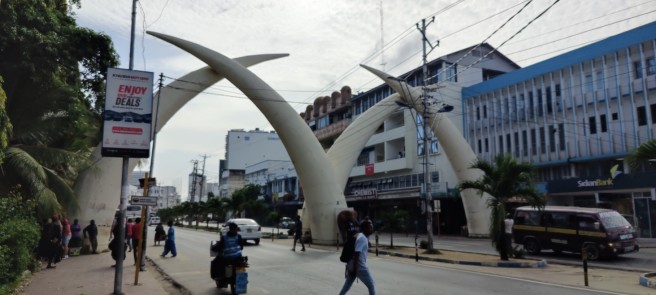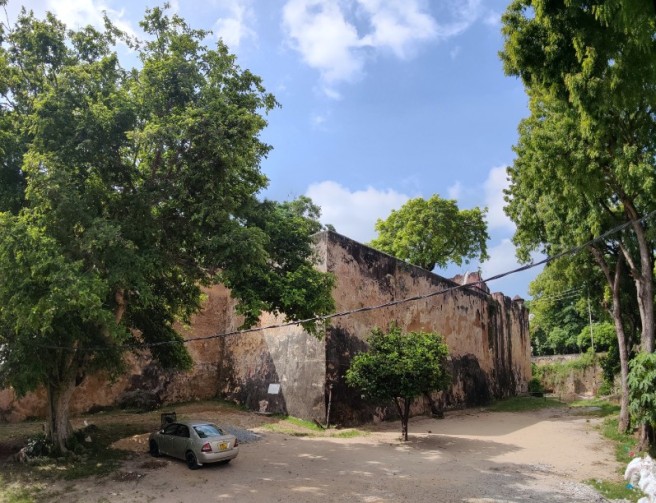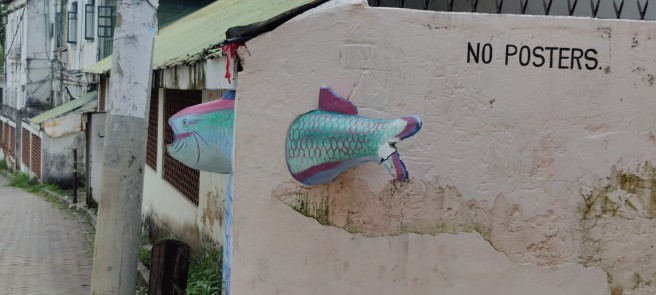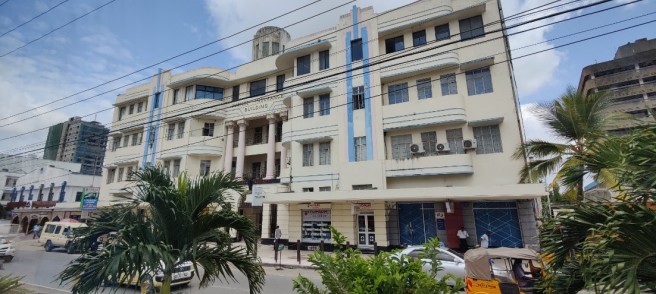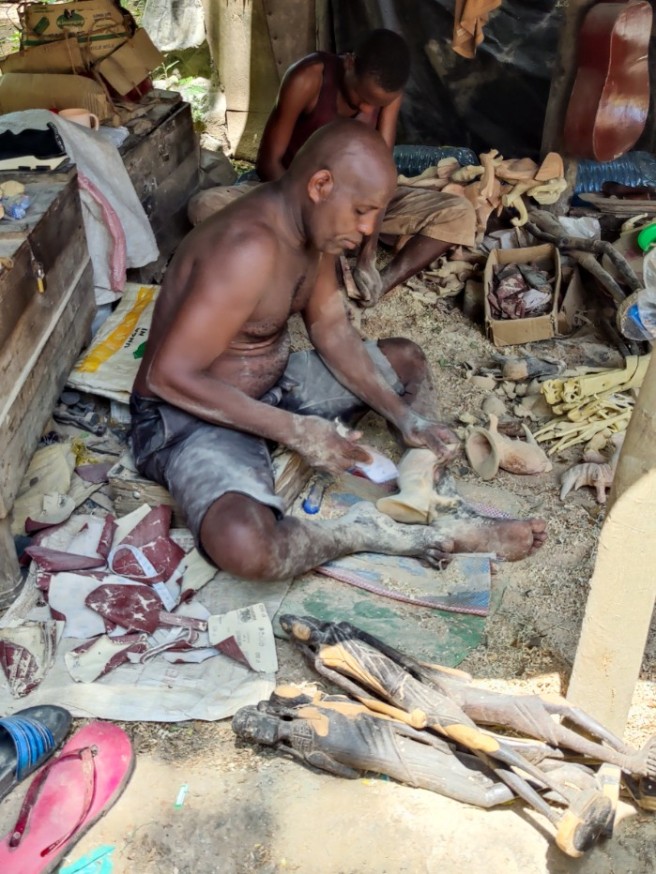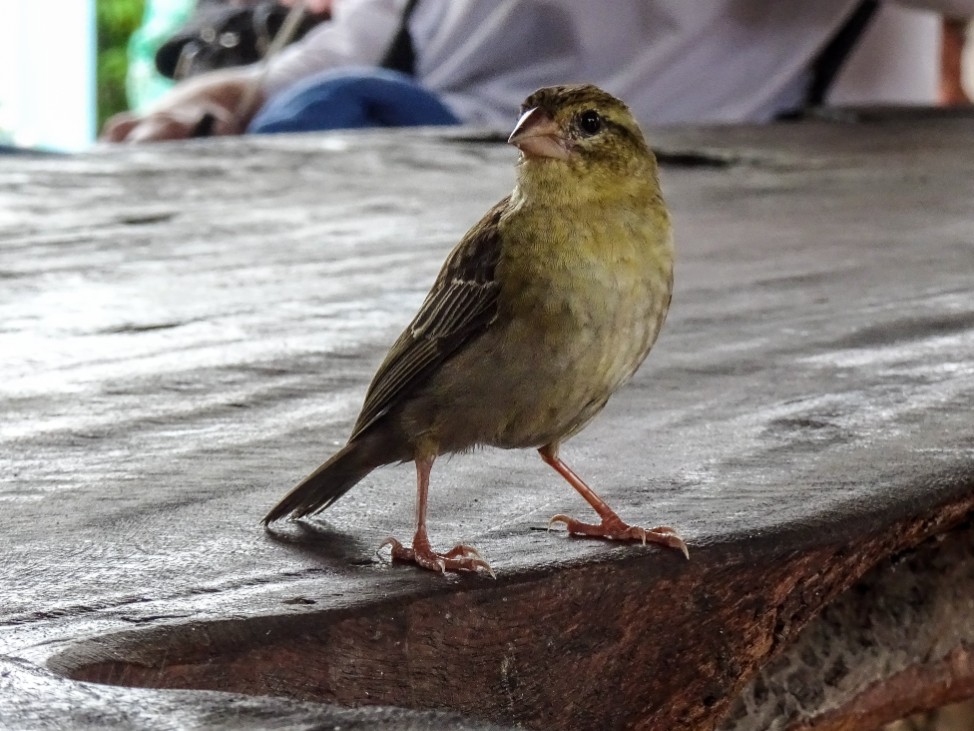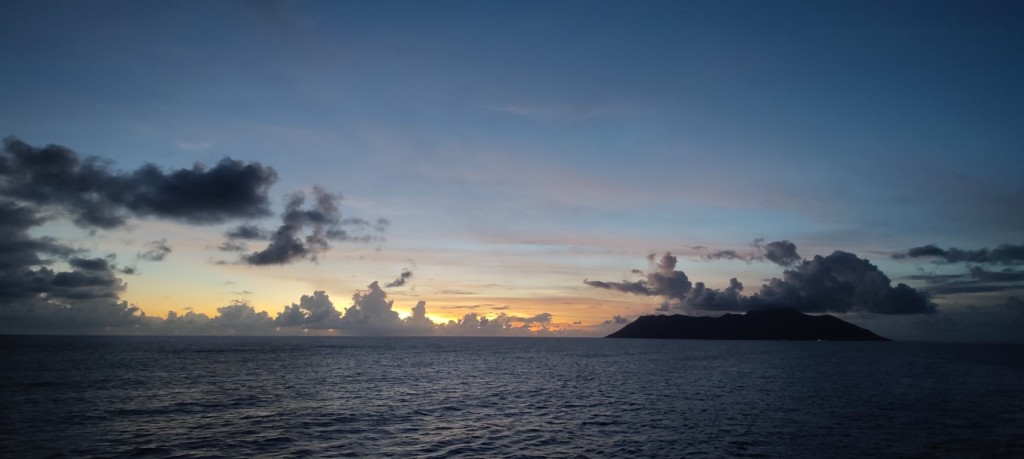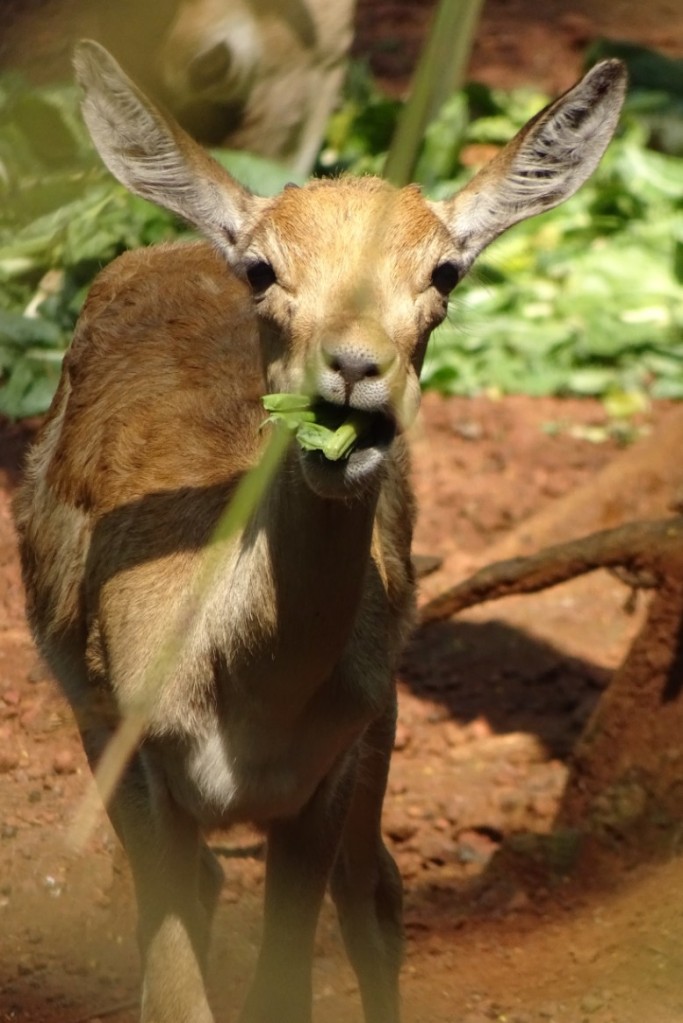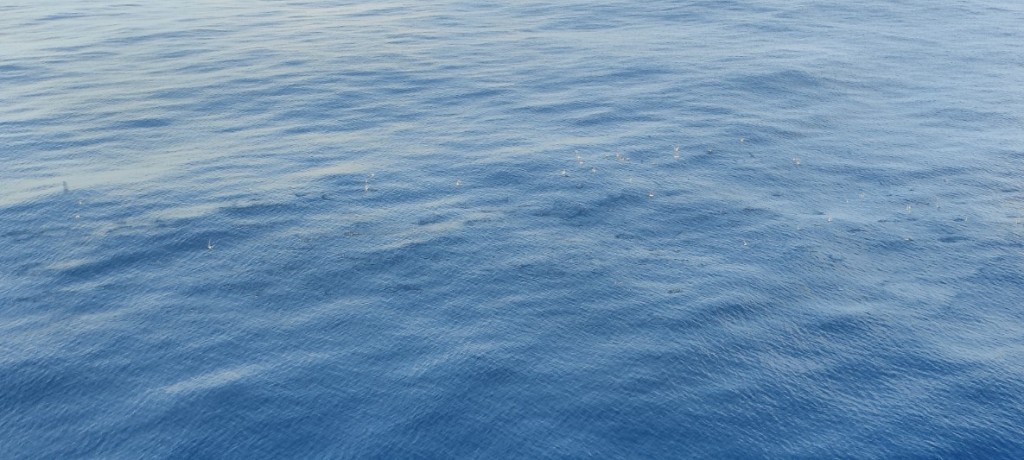Introduction
In my last post, T2330 – Seychelles and Santa, I described our visits to Praslin Island and La Digue Island in the Seychelles, and also included lots of photographs of some of the wonderful Christmas celebrations on board ship.
In this post I will cover our two day visit to Mombasa in Kenya.
Mombasa, Kenya – Day 1
For Carol and I, not only is this our first visit to Mombasa, it is also our first visit to both Kenya and the whole of East Africa. We were therefore particularly excited ahead of this port call, and we would normally have been outside watching our approach to such a new port and area. However we were due to dock at 3:30am, when it would be completely dark, and when we would expect to be sound asleep, so that wasn’t to be an option for us. The very early arrival allowed for some very early morning tours departures, for people going on either one-day or two-day safaris.
We awoke to find we were safely docked, and as is so often the case, in a huge container port with a terminal building tucked in one corner – not that we could see that, as our cabin was on the river-side of the ship.
When it came to choosing a ship’s tour in Mombasa, it was actually quite straightforward. Five of the seven tours on offer were the safari tours, ranging in price from £929 to an eye-watering £6,799 per person – having already spent a fortune for a safari tour later in this cruise, these were not an option. The 6th tour was to go snorkelling in a marine park, not for either of us these days. So that left us with the remaining tour, a four and a quarter hour tour called A Glimpse of the Past, described as a journey into Mombasa’s past on this scenic driving tour.
As we left the ship we were entertained by local musicians and dancers performing right by the gang-plank. As our coach set off, we could see a very old-looking Post Office building.
Leaving the port, we drove towards our first stop on the tour, the iconic Mapembo ya Ndovu, or Mombasa Tusks, a monument in the form of pairs of overlapping tusks forming an ‘M’ (for Mombasa) shape over the road. The monument was first built in 1952 out of wood and canvas to commemorate the visit of Queen Elizabeth II to the city, and had two tusks over a single carriageway road. Later in 1956 it was rebuilt in aluminium, with the now familiar four tusks over the now dual-carriageway road.
After taking our photographs of the monument, our two local guides then led us into the adjacent park, where there were large numbers of flying-foxes roosting in the trees.
We then reboarded our coach, for a short drive through the more modern city centre to our next stop, Shri Swaninarayan Mandir. This Hindu temple was simply breathtaking, it left both Carol and I spellbound, and sadly my photographs really do not do it justice.
Returning to our coach, we continued our drive through the city.
The city of Mombasa is built on an island, and thousands upon thousands of people commute to the city from the mainland each day. Our next stop was at one of the vital ferries, the Likoni Ferry which cater for this daily migration. Our guide told us that pedestrians and cyclists travel for free, while motor vehicles have to pay.
As we approached the ferry terminal, we could see hundreds of people on the pavements walking towards us, and the guide pointed out all the colourful small busses also transporting the throngs. Closer still there were loads of market stalls, and the roads were simply packed – in fact we had a police escort to drive on the wrong side of the road to pass traffic queuing for the ferry! Carol and I both absolutely adore scenes like this, with the throngs of local city life and people going about their daily business.
We stopped close to where the ferries departed, where there was also a large park, which our guide told us was a popular recreational area.
Our next stop was at Fort Jesus, first built by the Portuguese in 1593. It was subsequently captured by the Omani Arabs and then the British, and after Kenya gained independence it became a museum. Here we had free time to explore the fort complex.
Leaving the fort, our guides led us on foot through the equally historic Old Town, a marvelous mix of old Arabian, Portuguese, British and Asian architecture and design, with fabulous wooden doors and balconies.
We stopped at a couple of souvenir shops, where Carol and I both bought lovely t-shirts to help remember our visit to this fabulous city.
Our guides led us on a circular route through the Old Town and back to our coach. We then drove back through the city, and looking at the buildings it was clear why it is nicknamed the blue and white city.
Our final stop on the tour was the Akamba Woodcarving Factory. Our guide explained to us that this was run as a co-operative, where individuals work with hand-tools to create the beautiful wooden pieces, which are then sold both in the communal shop and to outside shops and market stalls. The carver receives 80% of the price, the remaining 20% goes to run the co-operative.
Our guides first led us around the outside area where the carvers work in vary basic shacks. We were told that the men do all the actual carving, while ladies do the painting. Each piece has a number stamped on the bottom, which identifies which carver did the work.
Seeing the wood carvers at work, and the conditions in which they did so, made us appreciate even more their wares. Entering the shop, and seeing the rows and rows of shelves stacked with beautiful things, we were simply overwhelmed by choice. Carol had to rein me in at this point as I adore wooden things, and left to my own devices I would have been like a kid in a candy store!
In the end we picked out this gorgeous bowl with attached giraffe.
Our route back to the ship took us through most of the vast container port. At one point we seemed engulfed by all the container lorries around us, and I wondered whether the sign on the lorry in front of us was correct.

We returned to the ship just in time for a late lunch. We were very hot and very tired – not only were the temperatures in the thirties, the humidity was sky high making it feel like the forties! Needless to say we spent the rest of the day resting in the cool of our cabin.
We both thought that it had been a really good tour, and in a few hours it had given us a very good overview of the city, its history and its sights – we would both definitely recommend it.
Mombasa, Kenya – Day 2
Originally we had planned to take the shuttle bus into the city on day 2. However, having seen so much on day 1, and feeling so drained after being out in the very high heat and humidity, once again we decided to play the long game and stay on board ship for the second day. Well – almost on the ship – we did pop out to the market stalls just outside the terminal building, and we could not resist buying another wooden carving. This one is bigger, and very heavy – so it is a very good job we are not (touch wood) flying home!!

We were due to set sail soon after 6pm, just before our dinner. As we had missed out on watching the sail in, we decided to forgo our meal in the main dining room, so that we could watch the sail away, and then eat in the cafe afterwards. The light was fading as we sailed out down the channel which made the photography more challenging. When we reached the ferries that we had seen on tour the previous day, we were simply astounded at the numbers of people crammed onto them.
We are due to sail overnight to our next port of call, Zanzibar in Tanzania. Our adventures there are likely to be the subject of my next post.
Postscript 1
In the evening of our first day in port, the evening show was a local cultural show. Carol and I always enjoy these chances to see local performers in the comfort of the ship’s theatre. At the end of their vibrant and energetic show, they invited members of the audience to come up and join in the dancing. It was clear no-one wanted to be first up on stage, but before long there was quite a sizeable group of brave souls strutting their stuff.
Postscript 2
Something that made the excessive heat and humidity in Mombasa, and other ports we have visited on this cruise, more bearable have been the neck fans that we bought before we sailed. These are u-shaped, and go around your neck, and can blow air upwards over your face. The ones we have, made by Jialexin, can be set to off, or one of three different speeds, and are recharged using a supplied USB lead. They last for many hours on one charge – how long obviously depends on which speed setting you are using. We got them from that very well known mail order company beginning with A, I am sure they are available elsewhere. Once again I have no connection with the company making the fans or with the mail order company, I simply want to tell you about a product that might make your cruising better too.








